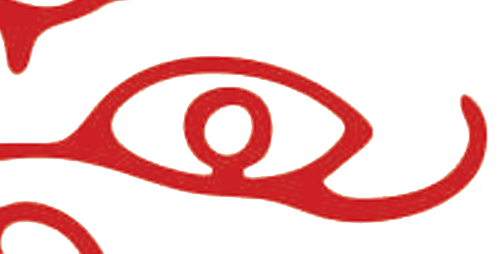These are miniature folk paintings; there is a great proficiency in line drawings shown here. The drawings are made on flat, hand-made coarse paper, a little larger than a foolscap sheet. The first outlines are very clearly made in single, bold strokes with a brush. The themes are caricatures and satirical sketches dealing with everyday events and/or happenings at the law courts, bazaars, and the like. Popular sayings and proverbs are also well illustrated. The painters or illustrators are called ‘patuas’. The paintings are a symbol of revolt against the oppressive socio-economic system. They, thus, reflect radical realism and profound truthfulness. Street-scenes, popular announcements, festivals, family reunions, joys and sorrows are depicted in the paintings along with biting satires on the vices of a decaying social order. Drunkenness, prostitution, domestic quarrels, and the like are shown with playful satire leading to a macabre climax. The paintings have well-sustained rhythms of spatial relations and bold colouring. The popularity of these paintings were taken advantage of and German lithograph imitations on glazed paper, at cheap prices, flooded the market. This resulted in the demise of this art form — the last representatives of the Kalighat tradition are no more.


